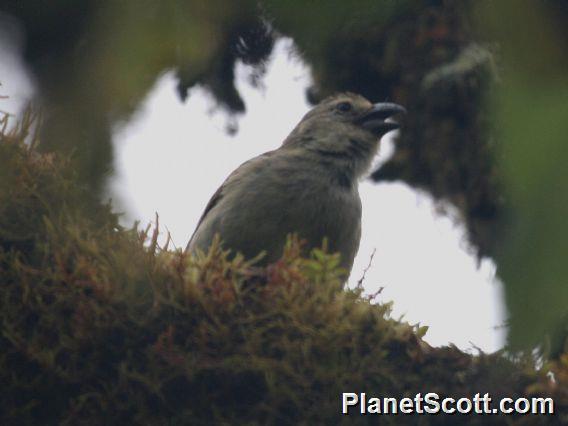Woodpecker Finch (Camarhynchus pallidus)


About Woodpecker Finch (Camarhynchus pallidus)
- Kingdom: Animals
- Phylum: Chordates
- Class: Birds
- Order: Perching Birds
- Family: Old World Buntings
The woodpecker finch is a monomorphic species of bird in the Darwin's finch group of the tanager family Thraupidae, endemic to the Galapagos Islands. The diet of a woodpecker finch revolves mostly around invertebrates, but also encompasses a variety of seeds. Woodpecker finches, like many other species of birds, form breeding pairs and care for young until they have fledged. The most distinctive characteristic of woodpecker finches is their ability to use tools for foraging. This behaviour indicates that they have highly specialized cognitive abilities. Woodpecker finches have also shown the ability to learn new behaviours regarding tool use via social learning. Not all populations of woodpecker finches use tools equally often, as this is influenced by the environment in which they live.
Source: Wikipedia

